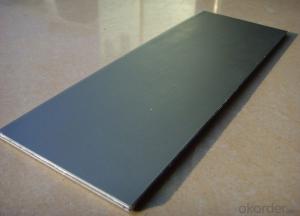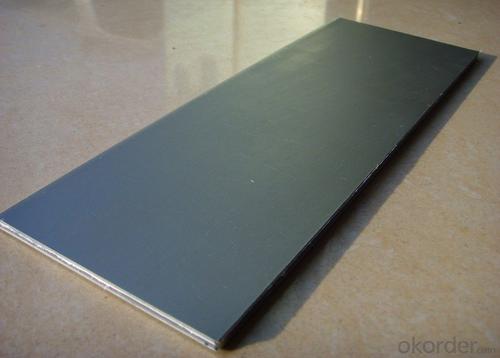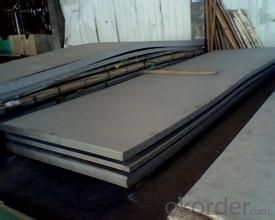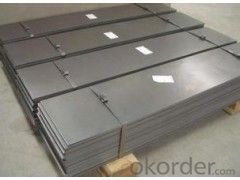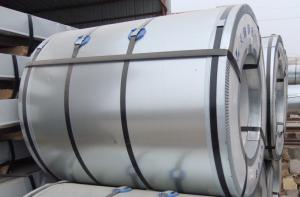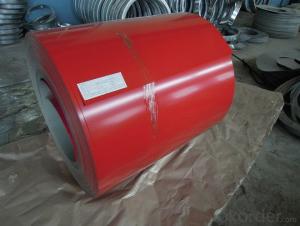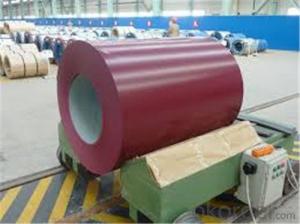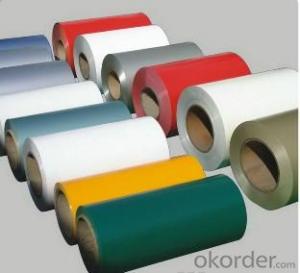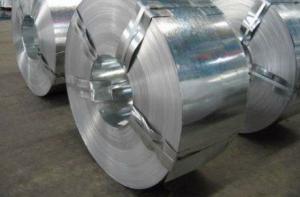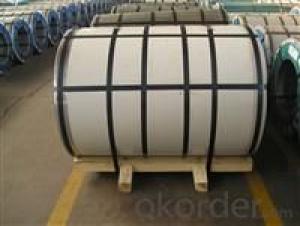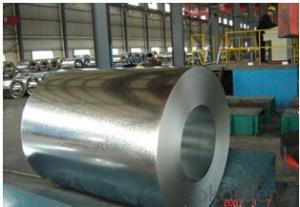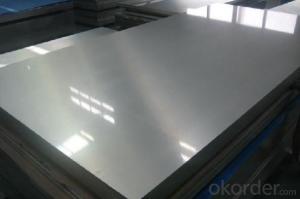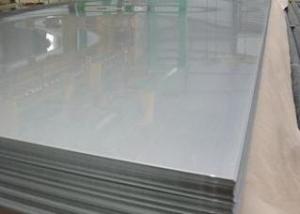Supply For 430 BA Shear
- Loading Port:
- Shanghai
- Payment Terms:
- TT OR LC
- Min Order Qty:
- 1 kg
- Supply Capability:
- 11 kg/month
OKorder Service Pledge
OKorder Financial Service
You Might Also Like
1.Description:
430BA stainless steel is the surface grade of 430 stainless steel BA. Commonly used in the interior. Typical uses include washing machine drum, interior panels, kitchen facilities, dishwasher, pots and pans, daily saw the very bright stainless steel products basically all is 430BA stainless steel production.Product overview edit 430 stainless steel plate has all the characteristics of 430 stainless steel, has good resistance to corrosion and general steel, better thermal conductivity than austenite, thermal expansion coefficient smaller than the austenitic, thermal fatigue, add stabilizing elements in titanium, good weld mechanical properties, mainly for building decoration, the parts of a fuel burner, home appliances and home appliance components.
2.Product characteristic:
430 stainless steel chrome content is higher, with good resistance to corrosion and general purpose grades, better thermal conductivity than austenite, thermal expansion coefficient smaller than the austenitic, thermal fatigue, add stabilizing elements in titanium, the weld mechanical properties good.
Chemical composition:
Carbon (C): less than 0.12%
Silicon (Si): less than 0.75%
Manganese (Mn): less than 1%
P (P) = 0.040%:
Sulfur (S): less than 0.030%
Nickel (Ni): less than 0.60%
Chromium (Cr): 16.00~18.00%
Molybdenum (Mo): 2.00-3.00%
Physical features
Young modulus: kN/mm2
Rigid modulus: kN/mm2
Application standard: n/a (UNS)
3.Specification
430 stainless steel has the following several States, the state is not the same, the stain resistance and corrosion resistance are not the same.
NO.1, 1D, 2D, 2B, N0.4, HL, BA, Mirror, and various other surface processing states.430 stainless steel chrome content is higher, with good resistance to corrosion and general purpose grades, better thermal conductivity than austenite, thermal expansion coefficient smaller than the austenitic, thermal fatigue, add stabilizing elements in titanium, the weld mechanical properties good.
4.Reference picture
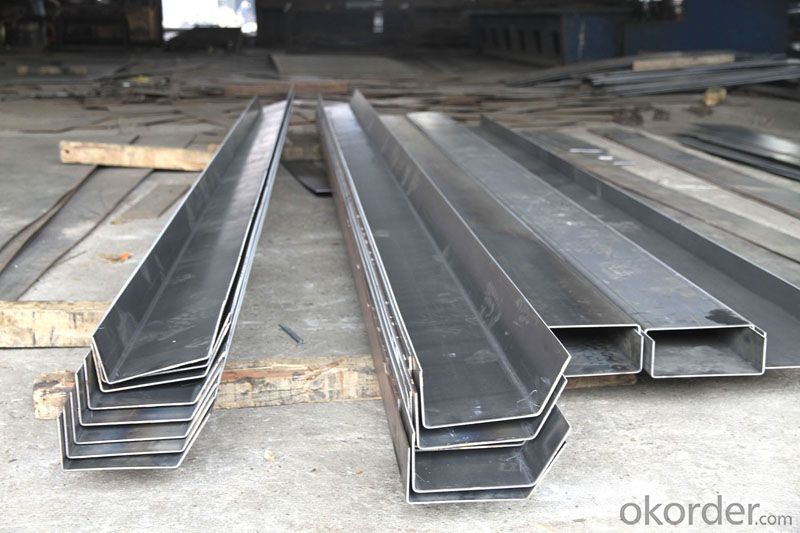
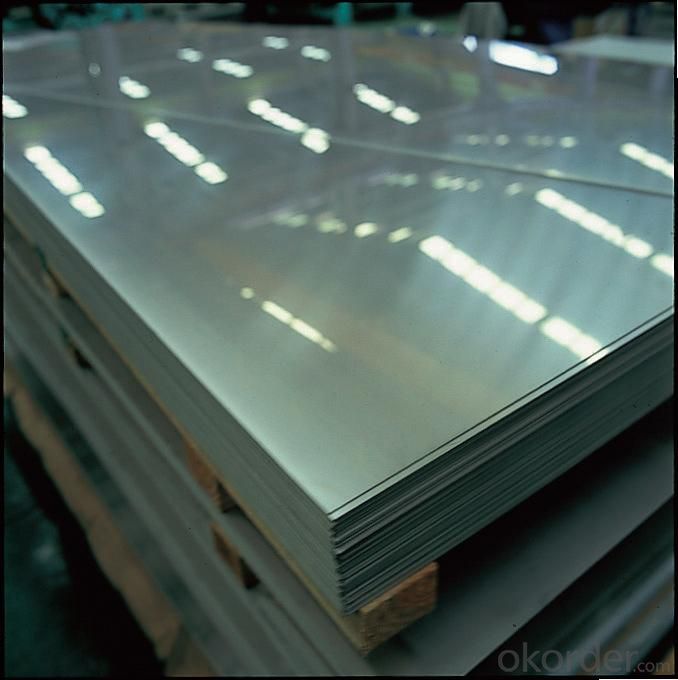
- Q: which one(glass or steel)has more power and velocity? im planning on using my slingshot for hunting.
- Steel has more mass.
- Q: Can steel coils be welded together?
- Yes, steel coils can be welded together. Welding is a common technique used to join metals, including steel coils. It involves melting the edges of the coils and fusing them together using a filler material. This process creates a strong and durable bond between the coils, allowing them to be joined and used as a single unit. Welding steel coils together is commonly done in various industries, such as manufacturing, construction, and automotive, to create larger structures or components. However, it is important to ensure proper welding techniques and quality control measures are followed to ensure the integrity and strength of the weld joint.
- Q: hi to every one I need to konw moer about steel and iron industry (process) thank you in advance for your intresting
- Steel is made from injecting air into molten iron
- Q: how simple is it to take it scrape steel and recyle it. does annybody know the process . i want to do this but first i need some basic information. as far as i know first to melt the steel and in a furness on high heat and than give the shape that customer wants. how right or wrong am i . i want to start on a very small scale.
- I think the melting point of steel is quite high into the two thousand degree F range. If you don't have something that can generate that heat and handle the molten result, you will find recycling scrap iron/steel to be very difficult. The best way to recycle metals is to find a scrap yard that will pay you by the pound for your collected scraps. From there the metals will go to sites which have the giant machinery required to start those metals into a new life. In short, it is not simple to recycle steel or iron.
- Q: What are the different coil slitting line configurations used for steel coils?
- There are several different coil slitting line configurations that are used for steel coils, each with their own specific advantages and applications. These configurations include: 1. Simplex Slitting Line: This configuration consists of a single slitter head that cuts the coil into multiple smaller widths. It is suitable for lower production volumes and is often used for processing thinner gauge materials. 2. Loop Slitting Line: In this configuration, the steel coil is fed through a loop pit, which allows for continuous processing without stopping the line. It is commonly used for high-volume production and is ideal for thicker gauge materials. 3. Double Loop Slitting Line: Similar to the loop slitting line, this configuration includes two loop pits, which increases the line's efficiency and productivity. It is typically used for processing thicker gauge and wider width materials. 4. Tension Stand Slitting Line: This configuration includes a tension stand that applies constant tension to the material during the slitting process. It helps to maintain consistent slit widths and is often used for high-precision slitting applications. 5. Rotary Shear Slitting Line: In this configuration, a rotary shear cuts the steel coil into smaller widths. It is suitable for both thin and thick gauges and offers high-speed and accurate cutting. 6. Scrap Winder Slitting Line: This configuration includes a scrap winder that collects the excess material trimmed during the slitting process. It helps to improve efficiency and reduce waste. 7. Combination Slitting Line: This configuration combines multiple slitting processes into one line, allowing for different slitting methods and widths to be achieved within a single setup. It offers flexibility and versatility in processing various steel coil sizes and materials. These different coil slitting line configurations provide various options for manufacturers to choose from based on their specific production requirements and the properties of the steel coils being processed.
- Q: What are the common certifications required for steel coils?
- The common certifications required for steel coils include ISO 9001 (Quality Management System), ISO 14001 (Environmental Management System), and OHSAS 18001 (Occupational Health and Safety Management System). Additionally, certifications like ASTM (American Society for Testing and Materials) and EN (European Norm) standards are important for ensuring the quality and compliance of steel coils.
- Q: I have been thinking of buying a knife that says it has damascus steel. The reason for the question is that many people told me that damascus steel does not exist anymore, and that damascus nowadays is fake. Is this true???
- damascus steel it says is made from ore containing either tungsten or vanadium, although most tools I've seen are made from chrome vanadium, it wouldn't be hard in this day and age to get the proper material. Although it DOES say in wikipedia that apparently the technique died out a long time ago due to shortage of the ore. Then it talks about reproduction attempts. So theoretically, yes, it could be the deal deal. But it does refer at the bottom about damascend steel which is made with a different technique, you could be buying one of those. NEXT TIME JUST LOOK UP THE ARTICLE YOURSELF AND READ IT
- Q: Specifically, for the main support beam found in a basement.
- Steel is better. You can use a smaller size compared to wood, it will handle more weight and will not deflect like a lam beam can and will. I've worked in a lot of older houses and the ones with steel beams always had far less differential settling than those with wood beams.
- Q: Does aluminum or steel hold up better? We found a steel for 1/2 the price of aluminum, obviously its heavier but any other downsides? rust faster ect? also, does anybody know, in PA do you pay sales tax on trailers? and do dealers normally give you license plates to get the trailer home with? we live 3 hours away from the dealer so thats why i want all details :) would stink if i messed up!!
- We have an aluminum trailer over a steel frame. We used to have a steel trailer. There are two differences I see are the weight and how quickly they deteriorate. I personally prefer the aluminum over the steel, the upkeep is easier and they don't weigh as much which equates to fuel savings. Also if you have a lighter truck an aluminum trailer makes the wear and tear a little easier. You can also look at the size of the truck you are going to tow the trailer with, and the size of the horses inside. All together you definately don't want to exceed the weight limits of the truck. Hope this helps...
- Q: What is the use for spring steel that take advantage of its unique properties?
- Uses Of Spring Steel
Send your message to us
Supply For 430 BA Shear
- Loading Port:
- Shanghai
- Payment Terms:
- TT OR LC
- Min Order Qty:
- 1 kg
- Supply Capability:
- 11 kg/month
OKorder Service Pledge
OKorder Financial Service
Similar products
Hot products
Hot Searches
Related keywords
